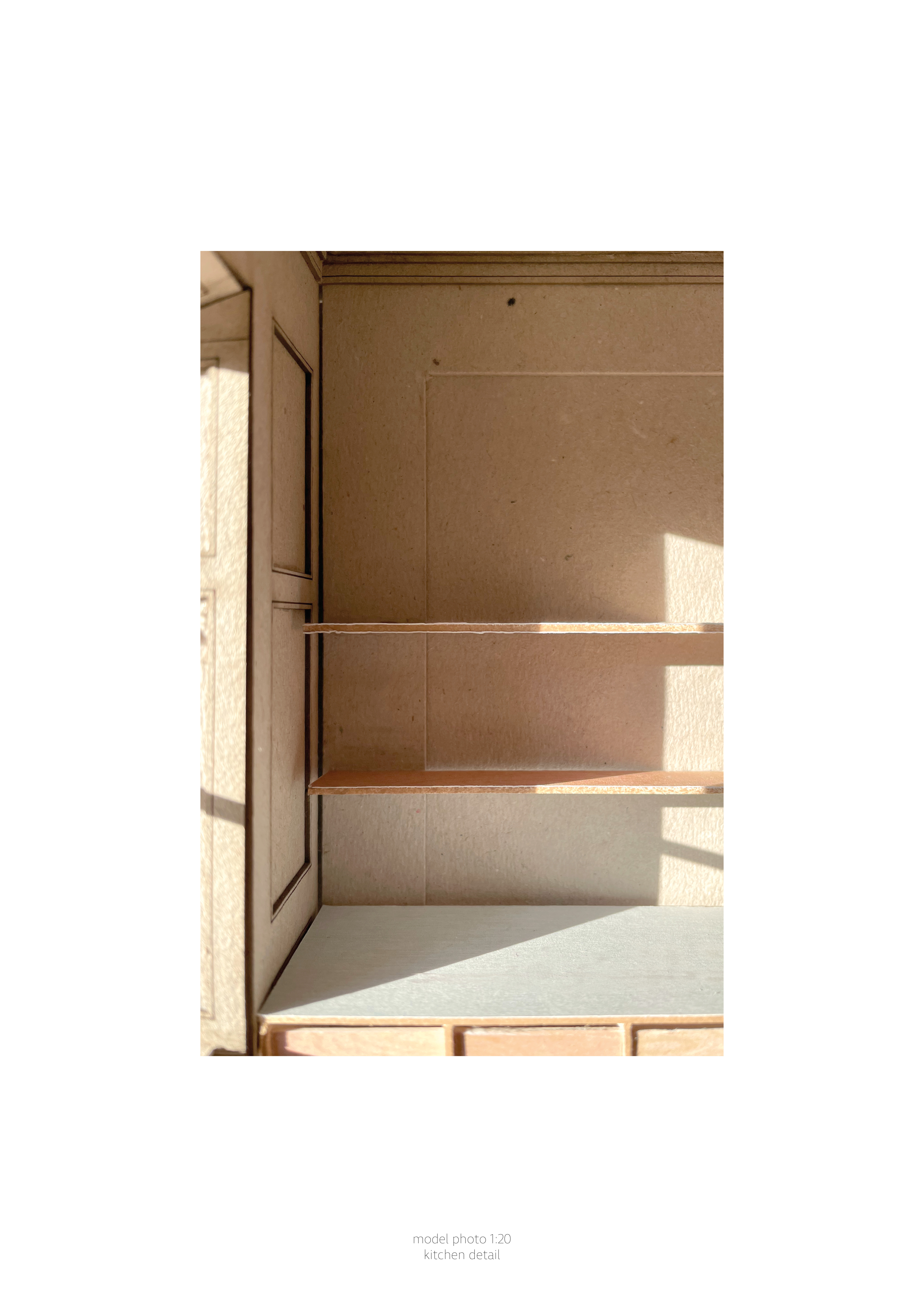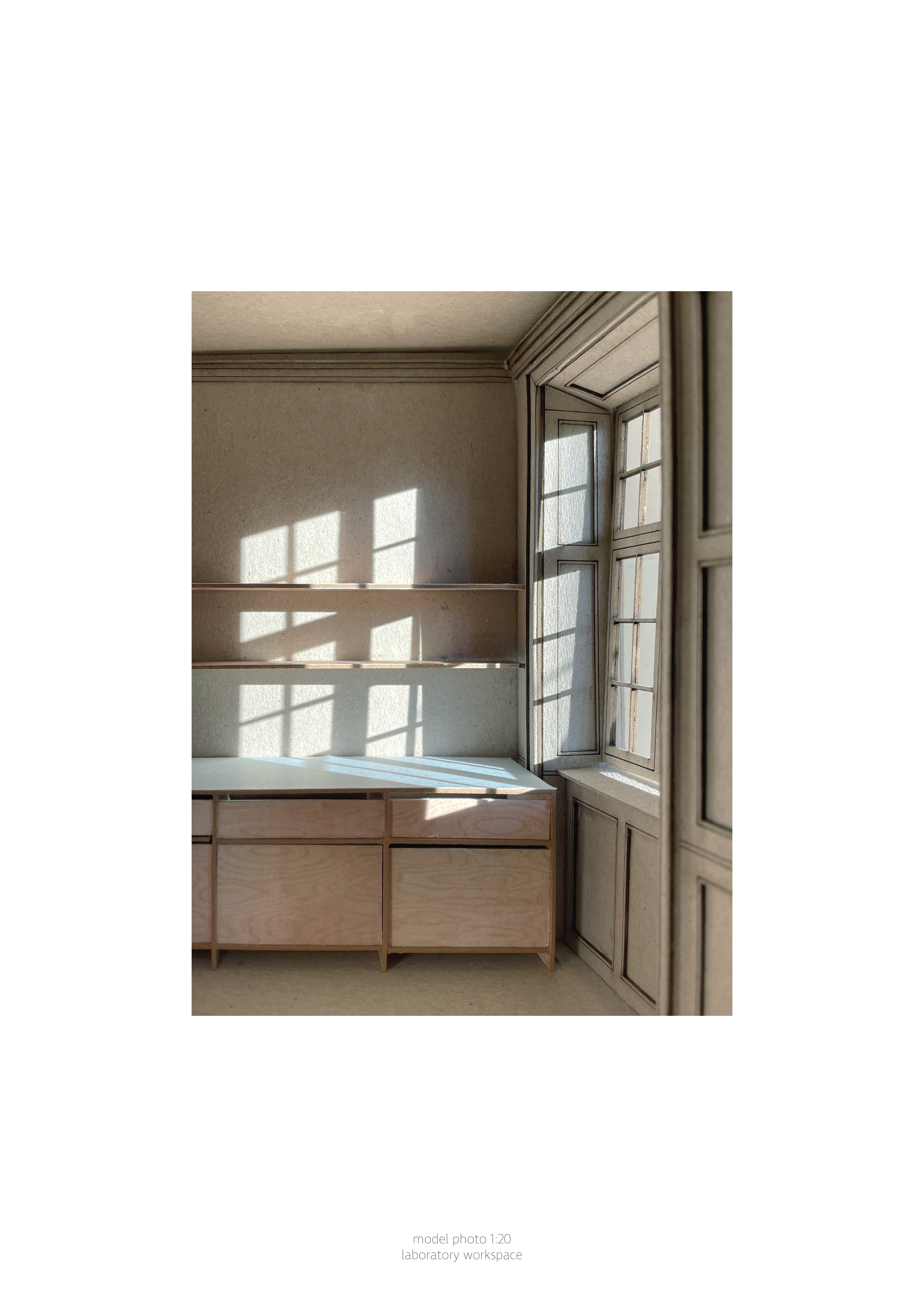Royal Danish Academy / 7th semester / 2020
Through visiting various archives and understanding the purpose of archiving, we were to create an archive of our own choosing in an already existing structure. I chose to work with the Medical Museion as a site, and since it is already an achive of medical history, with an impressive collection of medicinal artefacts, this project was thought of as an extention to the exhibitions already on display at the museum.
Introducing a medicine garden to the courtyard of the museum came about through and extensive look into the museums past and a realization that the exhibited items around natural medicine were very few. The archive introduced has three branches, all revolving around plant preservation: the living, the semi-live and the dead - the garden, a seed bank and a herbarium - all three being useful in plant studies and archiving for furture generations. Furthermore the garden would act as a new public garden in the city center, hidden away from the busy streets of Copenhagen.



This courtyard and the small pavilion will be housing the archive focused on medicinal herbs and plant medicine. There are 3 aspects of the archive, the first one being the garden, which would be taking up the entire courtyard space. The garden would function as a new recreational space in the city center, where you can come for a quick coffee or a walk. It would be open for the general public and not require people to buy admission for the museion. The garden will focus on historical medicinal plants “native” to Denmark, and would lay the foundations for different educational activities and talks regarding plant medicine, but should also be able to invite to other forms of entertainment like small summer concerts or even plays.





The garden archive is divided into sections regarding parts of the body and their practical use in relation to the area. A part of the garden would be more closed off from the general public and in this space the plants that are more delicate or to some extent dangerous are kept. This area is situated behind the small, orange pavillon known as the Lepra house. Both in the closed of part of the garden and the public space, there are work tables for events, sales or displays, as well as seating arrangements placed in different areas of the garden.












The two other aspects of the archive is a seed bank and a herbarium, that would be archiving the plants of the garden for preservation for the future. The Lepra house would house these two archives and facilitate the harvesting and drying of various kind of seeds and cutting, pressing and drying of various plants - roots and flowers included. It would provide research facilities for field experts and storage for the seed bank, herbarium and various tools for tending the garden. The Lepra house would also house a small hole in the wall style cafe, with a kitchen large enough for cooking events and a study, for lectures and workshops on herbal medicines and their uses.






The house would function as a working space for scientist and herbalists. The gardens functions as an open space for visitors of all ages to come and enjoy a beautiful space. In this way, the Museions wish for a larger and more diverse audience would be achieved.











